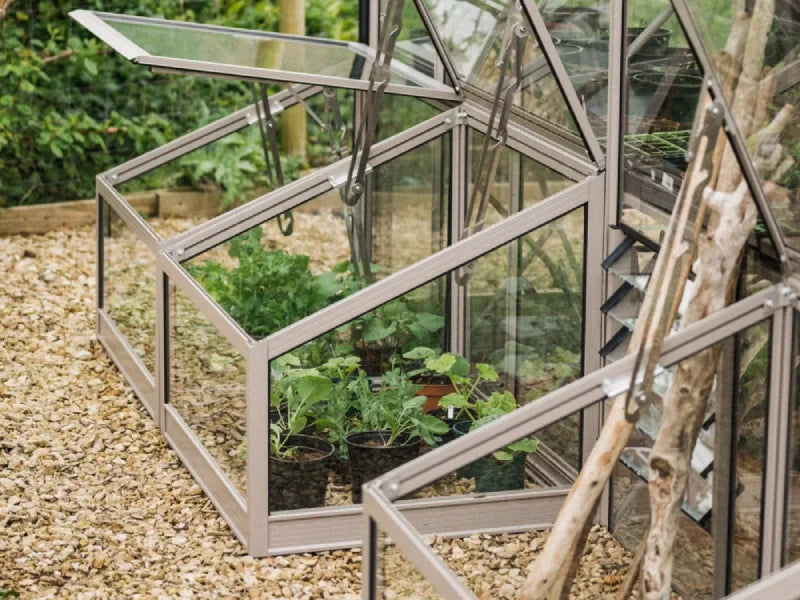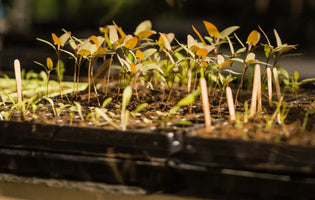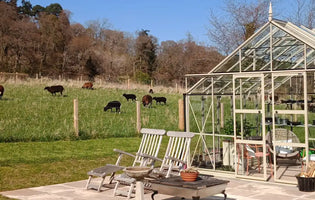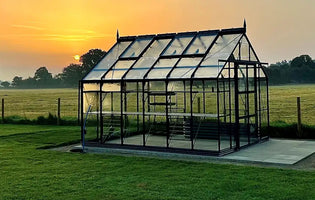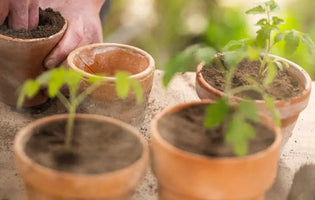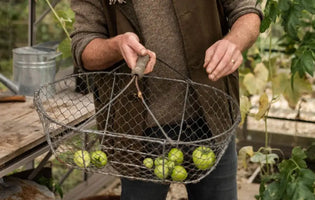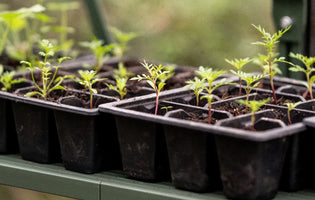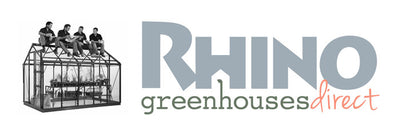Request a Brochure
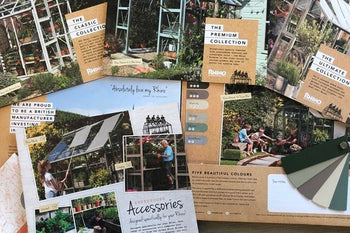
There are many common misconceptions about growing herbs. Here, we look at some popular gardening myths and uncover the truths behind them.
Herbs have long been steeped in folklore. And, when it comes to practical gardening tips, there are also plenty of myths and legends flying around. We’re busting four main misapprehensions around growing herbs, to help you enjoy heaps of these delicious, aromatic plants all year round, whether you’re a beginner grower or a seasoned horticulturist.
Four common herb gardening myths and truths
Myth 1: Herbs need full sun all day
Truth:
Contrary to popular belief, not all herbs do best in full sun. While many herbs - including sage and chamomile - prefer lots of light, plenty of others benefit from dappled shade.
While tender herbs like chives, coriander or parsley will grow well in a greenhouse, they may wilt if exposed to intense sunshine; they’ll do better in a partially shady spot which enjoys a little morning light.
Hardier plants hailing from the Med - like rosemary and thyme - can tolerate plenty of light and heat, but they’re not too fussy and will also do well in shadier positions.
If your plants look stressed, are wilting or going yellow, consider adjusting their light exposure to improve growth.
Myth 2: More fertiliser = healthier herbs
Truth:
Feeding your herbs will help to keep the plants healthy, ensuring they flower in abundance, stay beautifully fragrant and produce appetising leaves.
But it’s not the case that herbs desperately need frequent fertilisation. In fact, over-zealous feeding can sometimes do more harm than good, as plenty of species like sage, lavender, thyme and lemon balm prefer life in less nutrient-rich soil.
Container-grown plants will need more regular feeds than those in your garden beds, but there’s still no need to go overboard. Less is definitely more when it comes to feeding herbs.
Aim to feed herbs with higher nutrient needs (such as mint, parsley and tarragon), a couple of times a year, either improving the soil with a high-quality potting mix that contains a slow-release fertiliser or watering them with a suitable liquid feed. Many plants with lower nutrient needs will be fine with a feed once a year…or less!
Myth 3: Herbs are pest-free
Truth:
Sadly, it’s a gardening myth that herbs are immune to pests. Although some herbs do have natural insect-repellent properties, they aren’t foolproof.
While most herbs grow without issues, aphids and red spider mites sometimes hide among their fragrant leaves. Young plants can be particularly appetising for slugs and snails, so keep an eye out for them if raising seedlings in your greenhouse. And some herbs attract specific pests, such as the rosemary beetle (which can also affect lavender, thyme and sage) or the sage leafhopper.
As a rule of thumb, regular watering and adequate spacing between plants will help to keep pests at bay. This is particularly important in a tightly packed greenhouse!
If you do spot any untoward visitors, try to remove them by hand or blast them off the leaves with a hose as a first port of call. When nurturing plants destined for the kitchen, never use non-organic pesticides to tackle infestations; you don’t want them to end up on your plate!
Myth 4: You can harvest herbs any time
Truth:
While perennial herbs like oregano, sage, thyme and rosemary keep their leaves all year, timing is still important when it comes to harvesting.
The leaves will be freshest and full of the best flavour and potency once your herbs start actively growing and flowering in late spring and summer. General advice is to pick the leaves for drying just before the plant starts to flower, as this is when they have the highest concentrations of aromatic oils and are most delicious.
Tender annual herbs such as coriander, rocket and basil are best picked a few weeks after sowing, when the fresh young shoots have emerged and grown their second leaves.
And in terms of time of day? Some people think it’s better to pick herbs during the morning in the height of summer, before oils have a chance to evaporate in the heat. Over here, the jury’s still out on that one…!
Practical herb care tips
There are so many benefits to growing herbs, not least that they’re easy-to-care-for, highly forgiving plants. Here are our top herb care tips to help you get the most out of your patch.
Sow in succession
Tender herbs like parsley, dill and coriander will need to be resown each year and can bolt quickly in a heatwave. Start a few seedlings off every 4-8 weeks to enjoy fresh, tasty crops throughout the summer.
Divide and conquer
Once well-established, hardy herbs like mint, marjoram and thyme can be split in two in spring or after flowering in late summer, to give you more plants to spread around the garden or share with others.
Keep picking
Before your herbs start flowering, regular leaf picking will help the plants bush out, look fuller and get better established.

